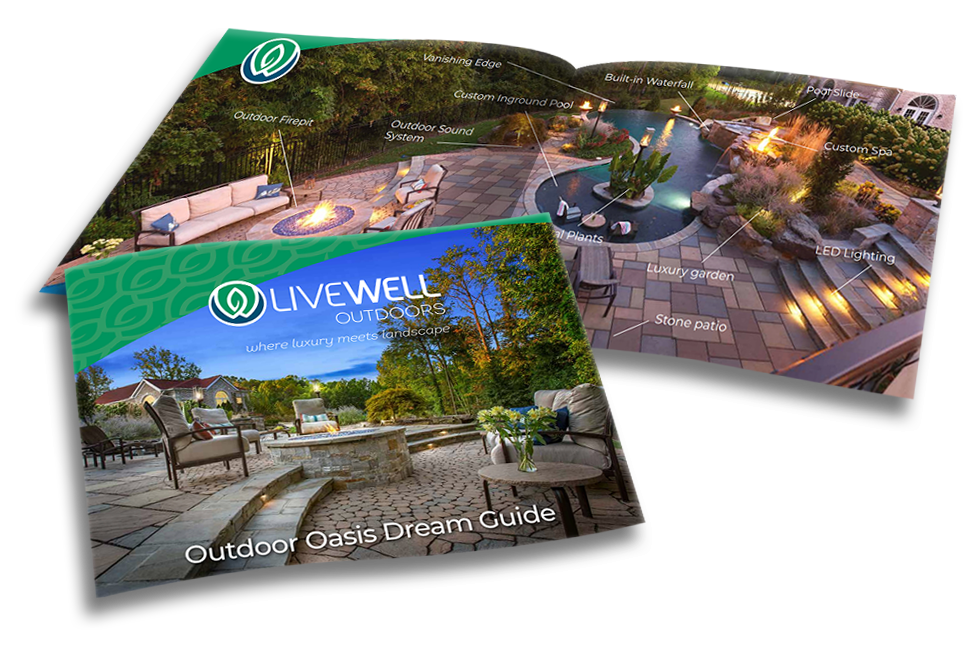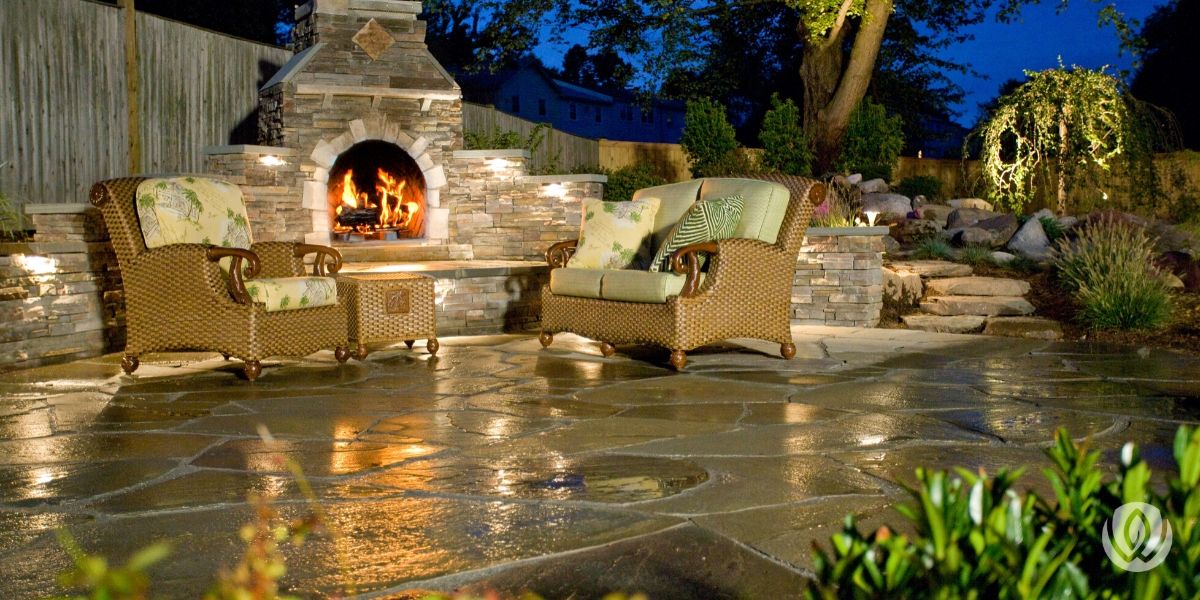
A dramatic slope can feel like a liability—steep mowing angles, soil runoff, and square footage that seems off-limits. But with thoughtful hillside landscaping, that incline becomes an opportunity: layered garden rooms, panoramic decks, artistic stairways, and erosion-smart plantings.
The ideas in this guide come from decades of real-world experience designing hillside landscapes across Maryland, Northern Virginia, and the D.C. region—where no two properties are alike and every slope tells a different story.
Before designing anything, it’s essential to understand how the land behaves. A professional will usually start by mapping the grade—this determines whether you’ll need a single retaining wall or a series of terraces. Soil type affects foundation depth and drainage needs. Water flow patterns must be reviewed to plan dry creek beds, French drains, or rain gardens.
Local codes also matter. In most Mid-Atlantic counties:
Once these elements are understood, your slope becomes a blank canvas. Below are eight proven hillside landscaping solutions that balance form, function, and beauty.
Terracing breaks up a steep yard into flat, usable levels—each with its own personality and purpose. Think of it as carving outdoor rooms into the hillside. If you’re wondering how to terrace a slope, the process typically starts with grading, wall installation, and erosion control planting.
You might design:
Material options:
Terraces also improve water management by slowing runoff and providing built-in planting zones—an elegant answer to how to level a sloped yard without sacrificing style.
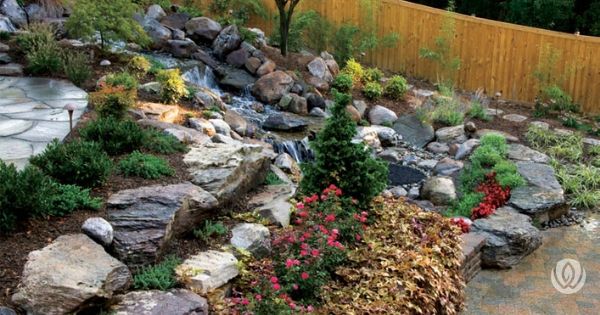
Stairs are more than a connector—they shape how you move through the space and define its character.
Options include:
Where possible, stairs are integrated into retaining walls and flanked with low plantings for stability and style.
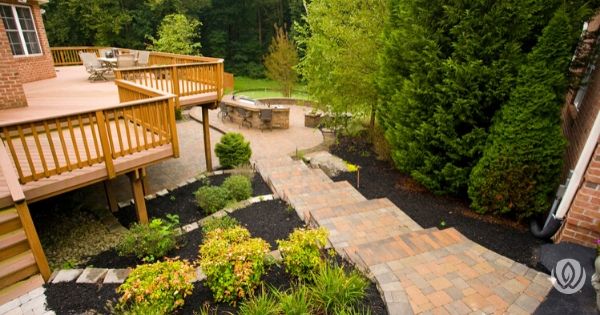
Sloped yards are perfect for water features—gravity does half the work. Whether dramatic or subtle, water adds soothing sound and visual motion.
Ideas include:
Budget notes:
Incorporate boulders, aquatic plants, and lighting for a natural yet elevated effect.
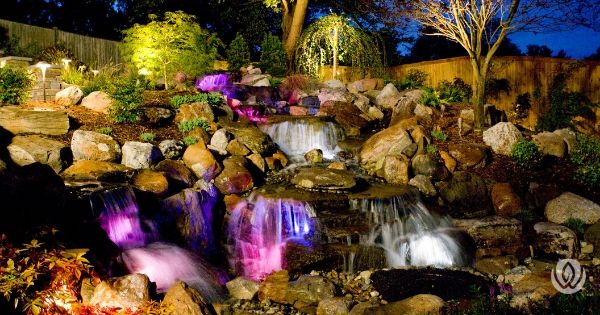
On sloped terrain, walkways should do more than guide your steps—they should create a sense of journey.
Design ideas:
Material breakdown:
Edge restraints and proper base prep are essential to prevent erosion and shifting over time.
Retaining walls are the backbone of most hillside designs—but they don’t have to be all business.
Popular options:
Code reminder: Walls over 3 feet need permits, engineering, and drainage systems (typically gravel backfill + perforated pipe). Skipping proper drainage is the #1 cause of wall failure.
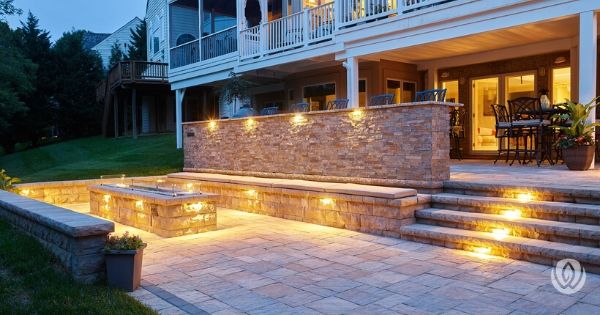
Grass struggles on steep, sunny slopes—but rock gardens thrive. They deliver structure, contrast, and color with minimal upkeep.
Top combinations:
Rock gardens are drought-resistant and perfect where irrigation is tricky or mowing is unsafe.
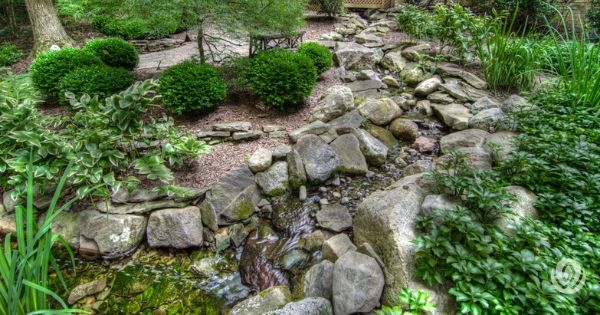
If your slope is broad and sun-drenched, a native meadow or prairie planting brings natural beauty and powerful soil stabilization.
Slope-friendly natives:
This approach reduces mowing and supports biodiversity—while evolving season by season.
The top of your slope shouldn’t be forgotten—it should be celebrated. A well-designed hilltop can become your favorite space.
Possibilities include:
Site considerations: Hilltops can be windier and more exposed—so design with sturdy materials, shade structures, and climate-appropriate plants.
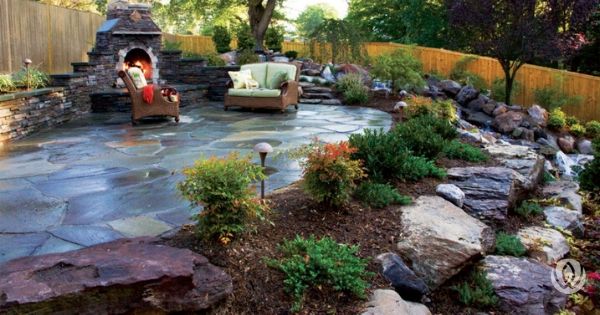
Narrow side yards, fences, and trees can limit what equipment can reach the slope. This affects timeline, cost, and construction strategy.
Clay-heavy or compacted soils may not drain well, increasing erosion risk. Most projects benefit from:
Expect to need:
Break large projects into stages:
Well-built hillside landscapes are durable—but not hands-off. Plan for:
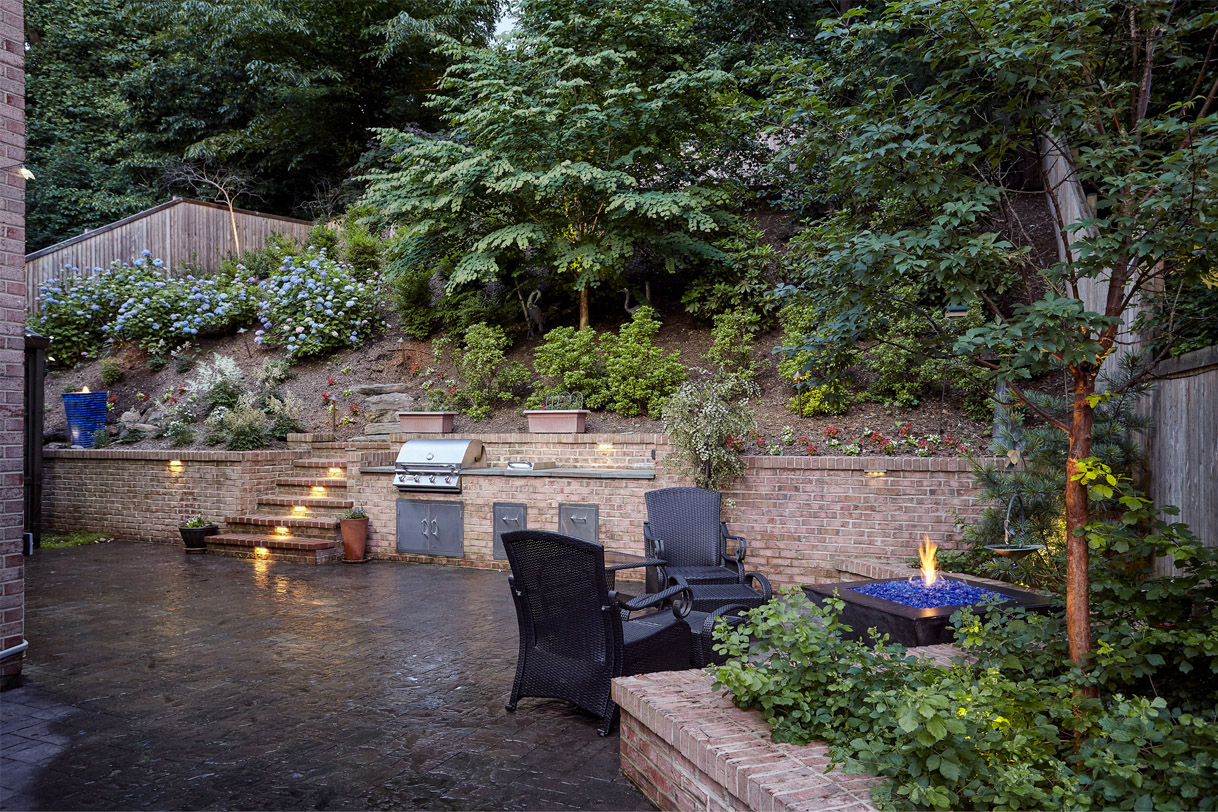
Early spring and early fall offer ideal weather and soil conditions in the Mid-Atlantic. Summer is good for hardscaping; winter may work for prep and grading if the ground isn’t frozen.
Yes—especially for walls over 36 inches or those supporting structures like patios or driveways. Local and HOA requirements vary.
Yes—planting, lighting, and finishing touches are doable. But structural work like walls, stairs, or drainage systems should be handled by licensed professionals.
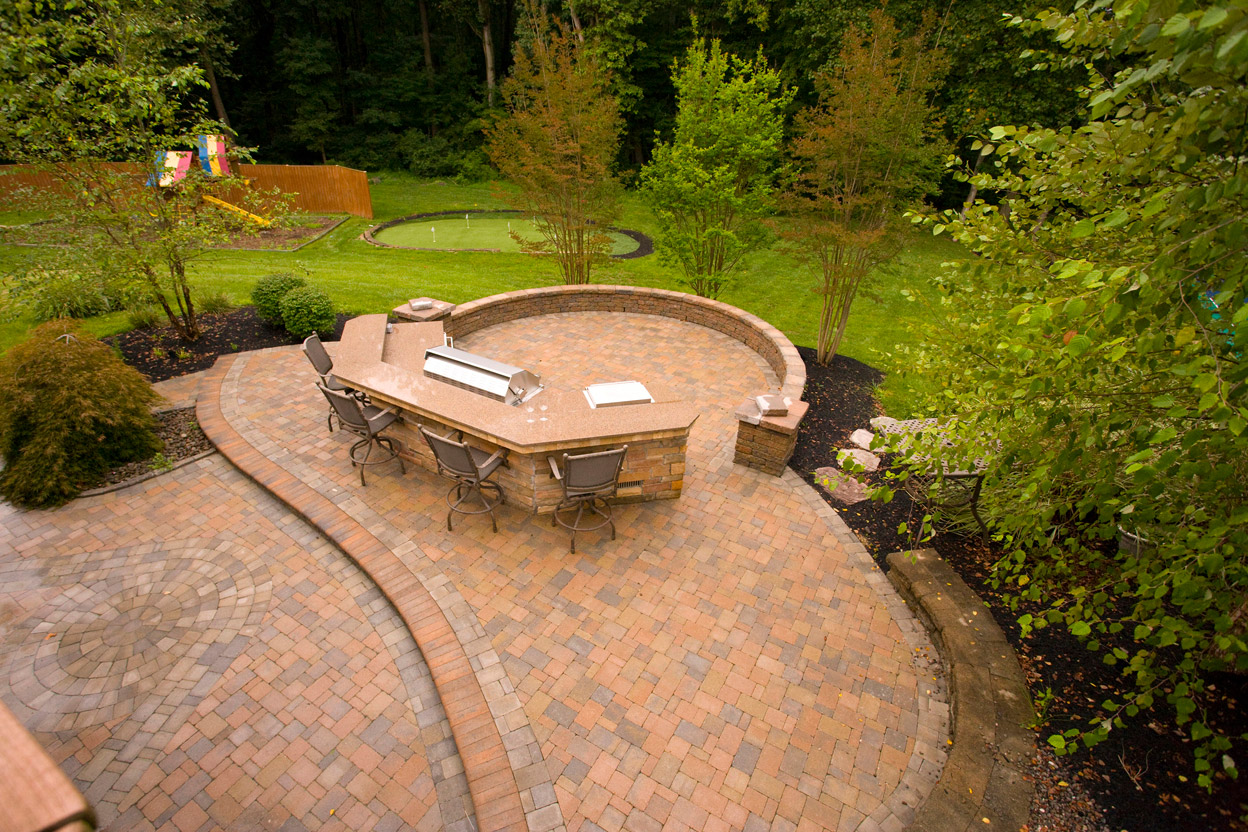
Hillside landscaping comes with challenges—but also the chance to create something extraordinary. Whether you're dreaming of a layered garden, a low-maintenance prairie, or a hilltop hideaway, we’re here to build it beautifully and build it to last.
Schedule a consultation today, and let’s turn that tricky slope into the most memorable part of your property.
"*" indicates required fields
